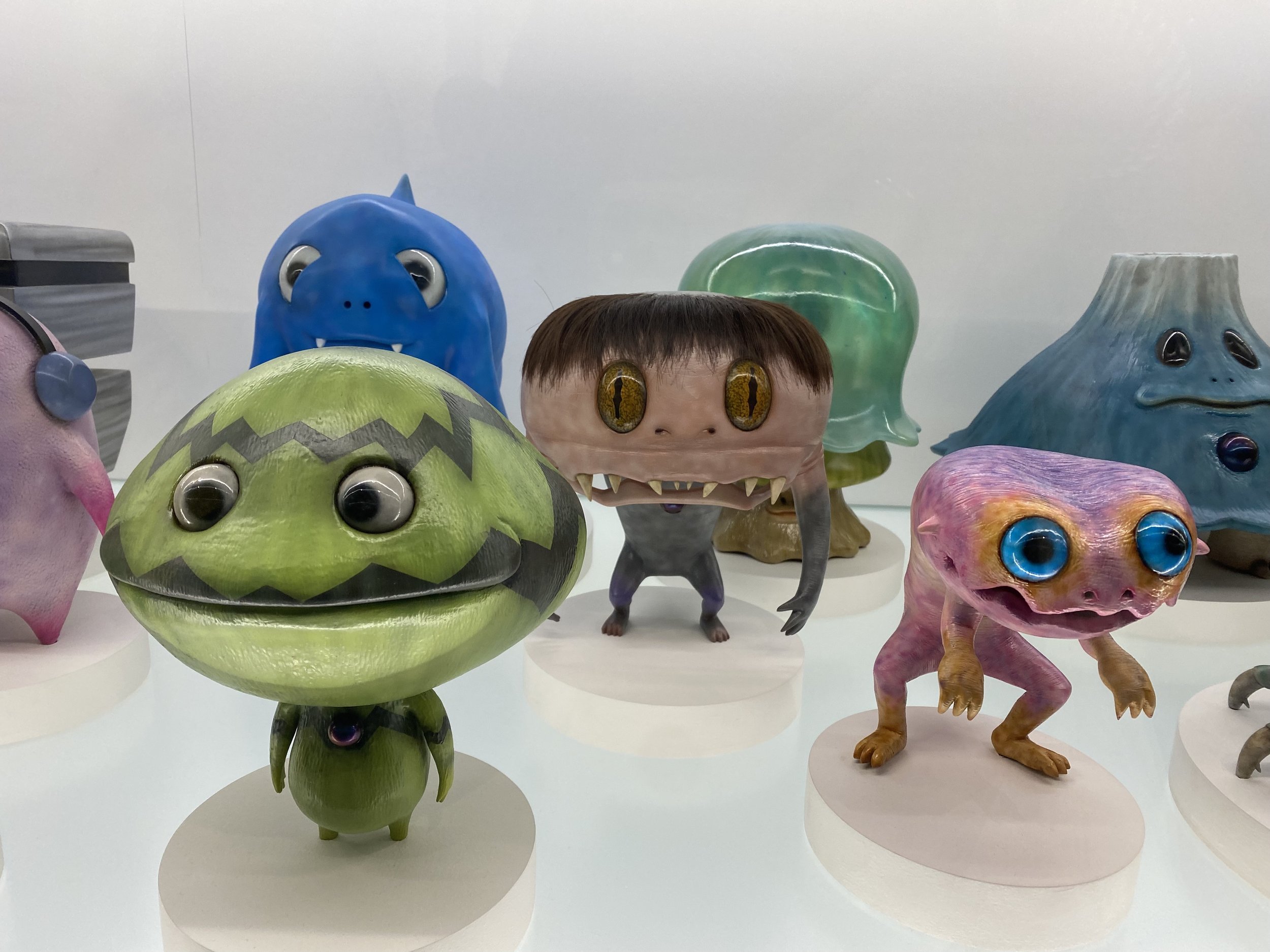Took a trip up to SF to see the new Takashi Murakami exhibit at the SF Asian Art Museum.
“Unfamiliar People — Swelling of Monsterized Human Ego” is Takashi’s first solo exhibition in San Francisco! There was such a variety of mediums and styles in this exhibit! Definitely planning to go back to become re-immersed in his world!
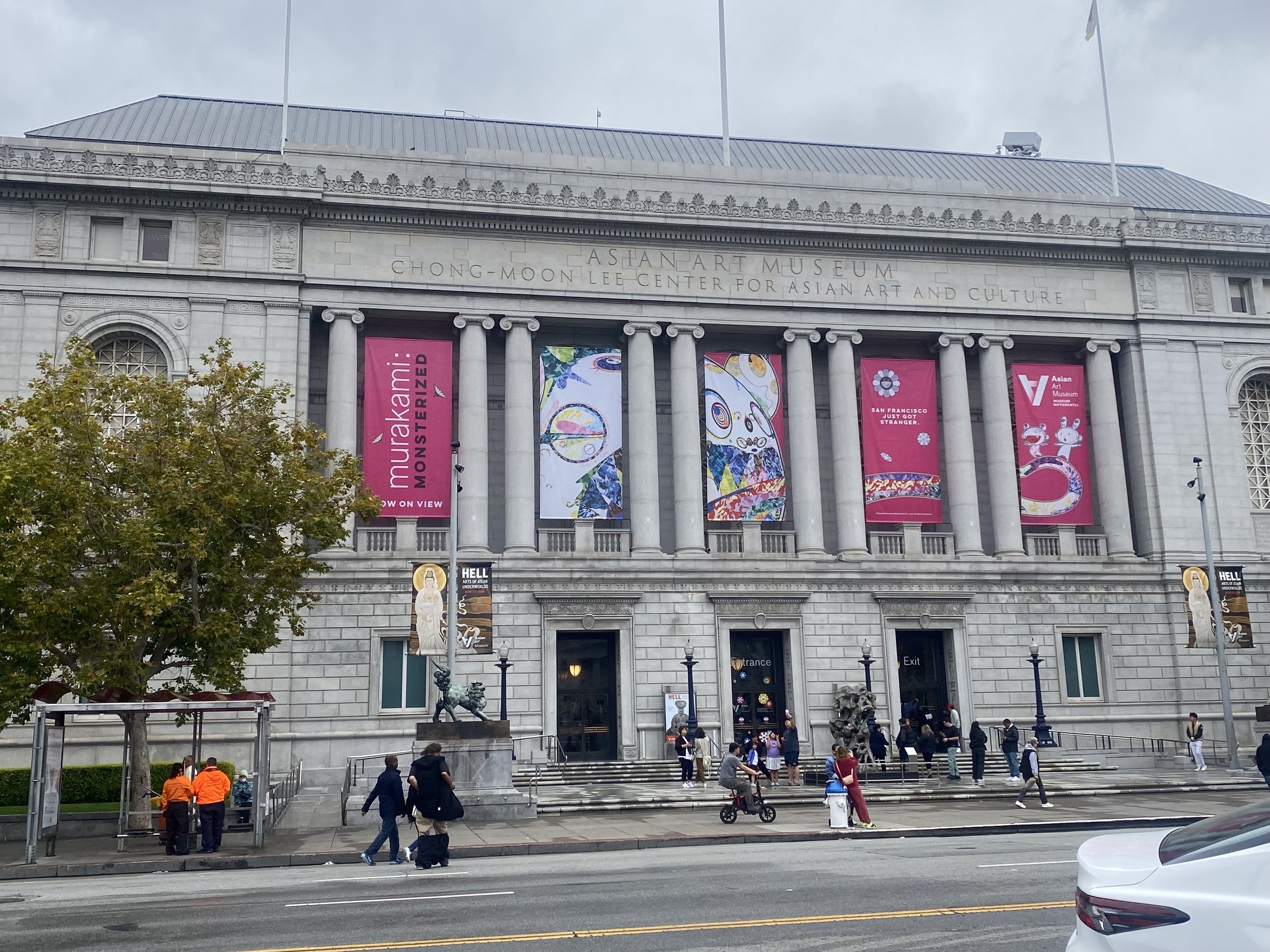

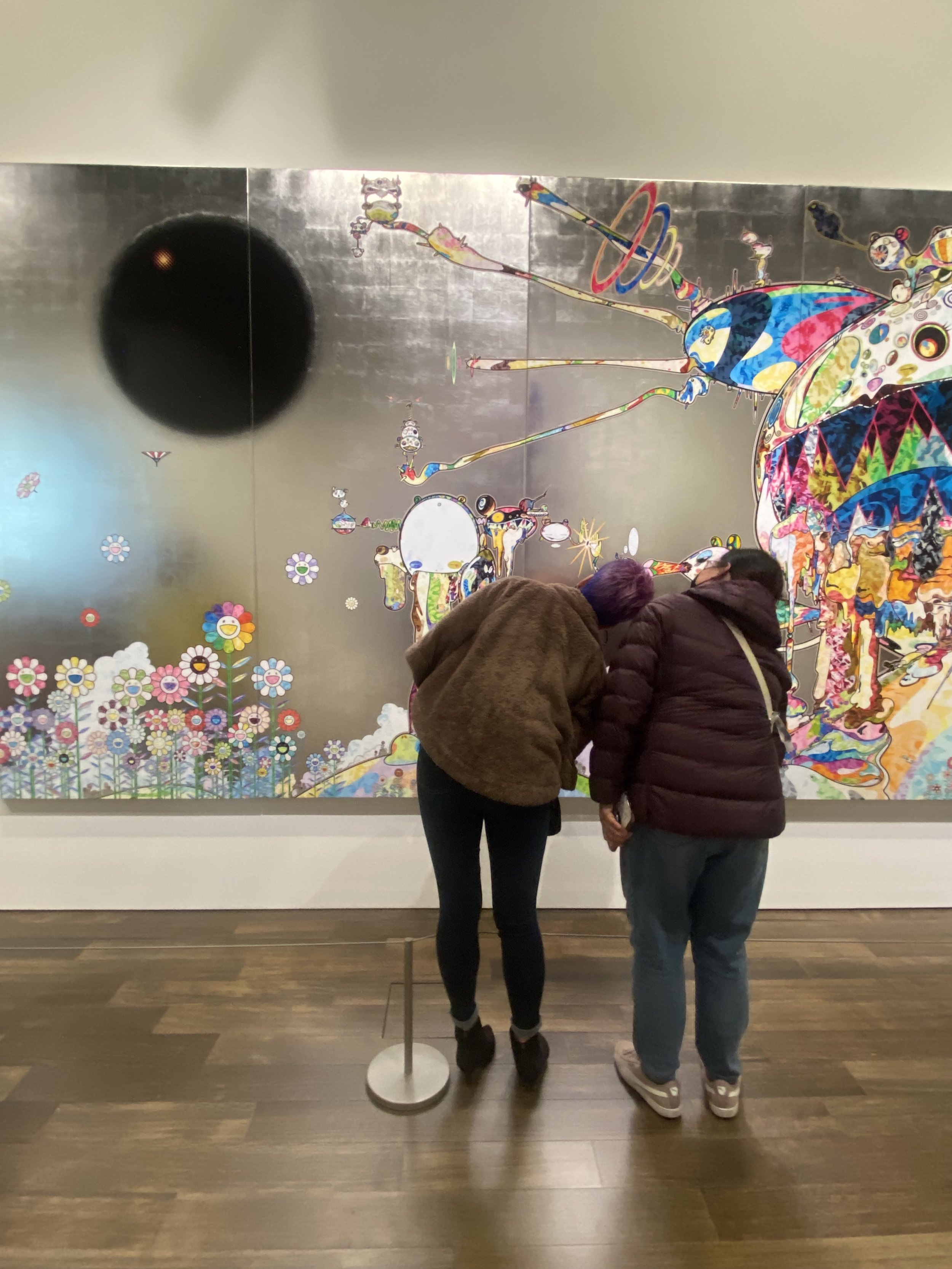
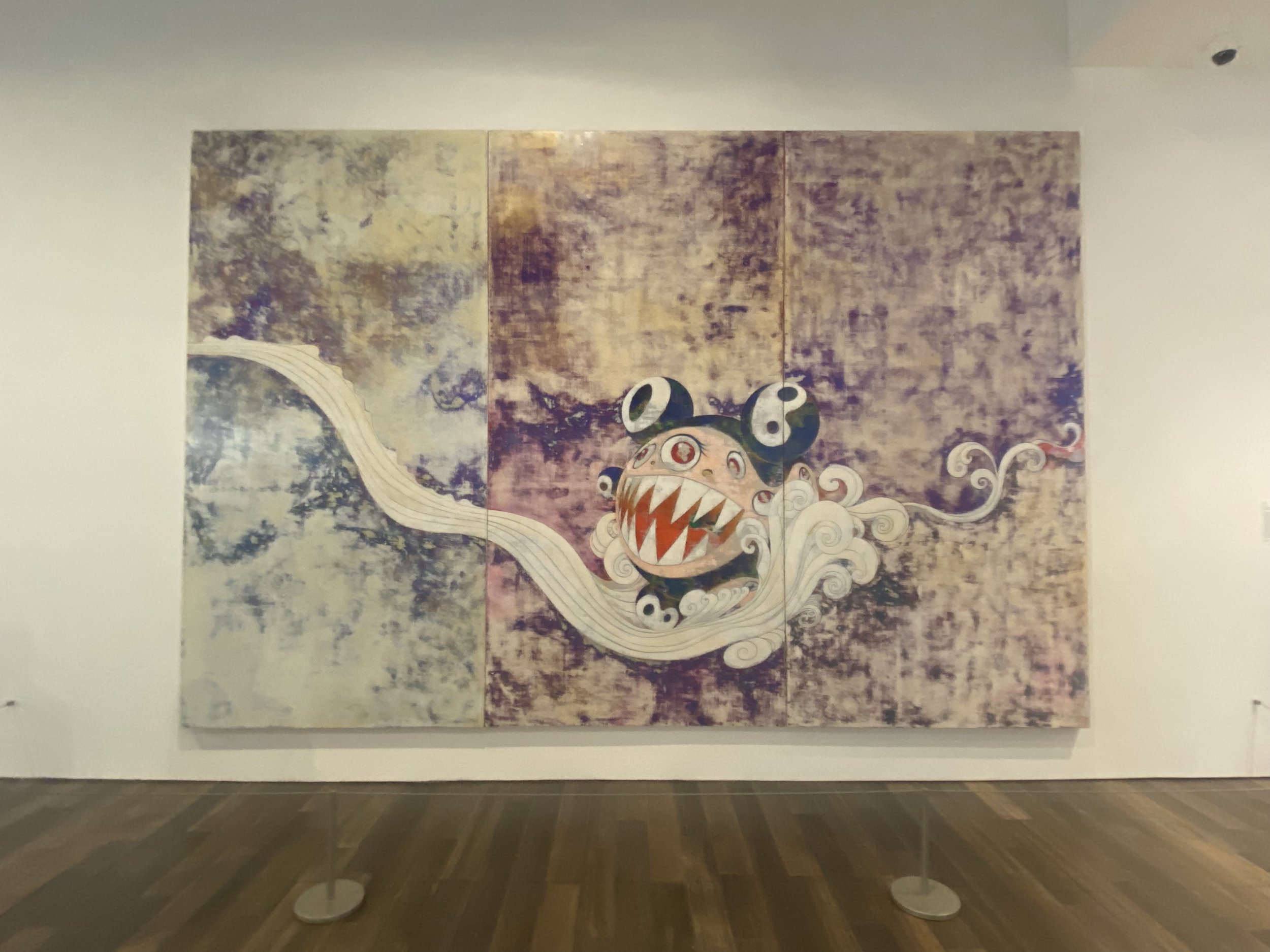
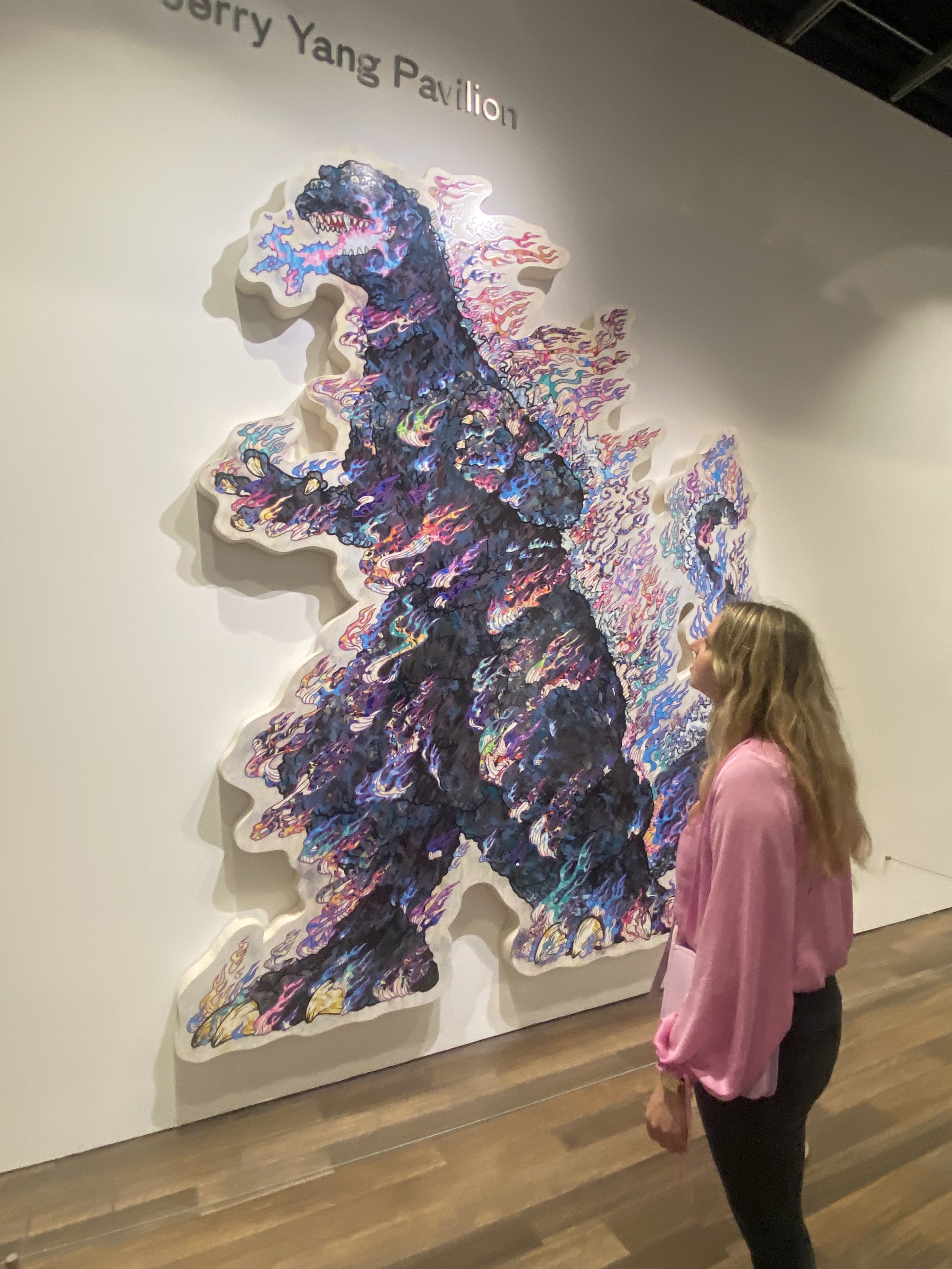

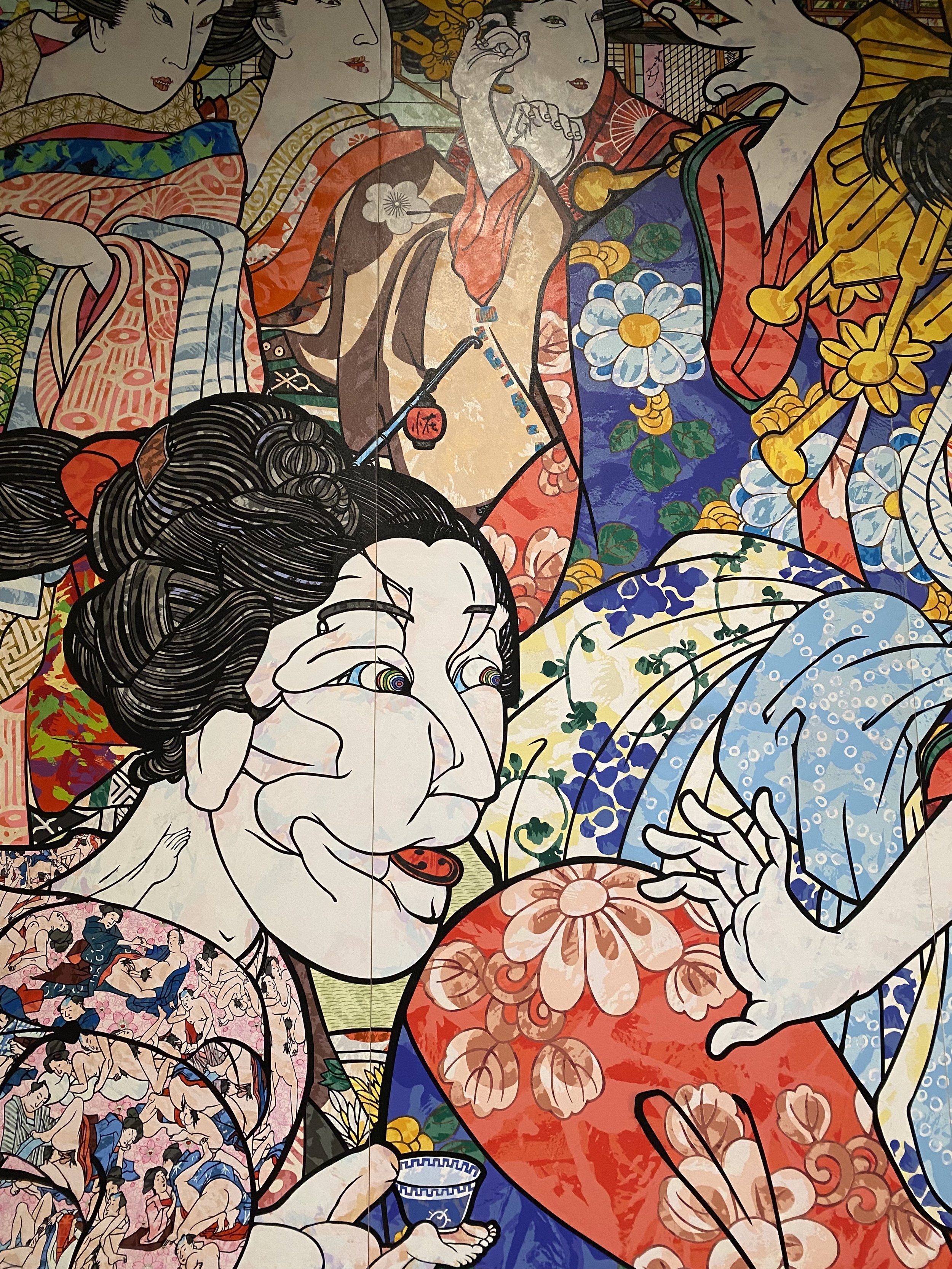
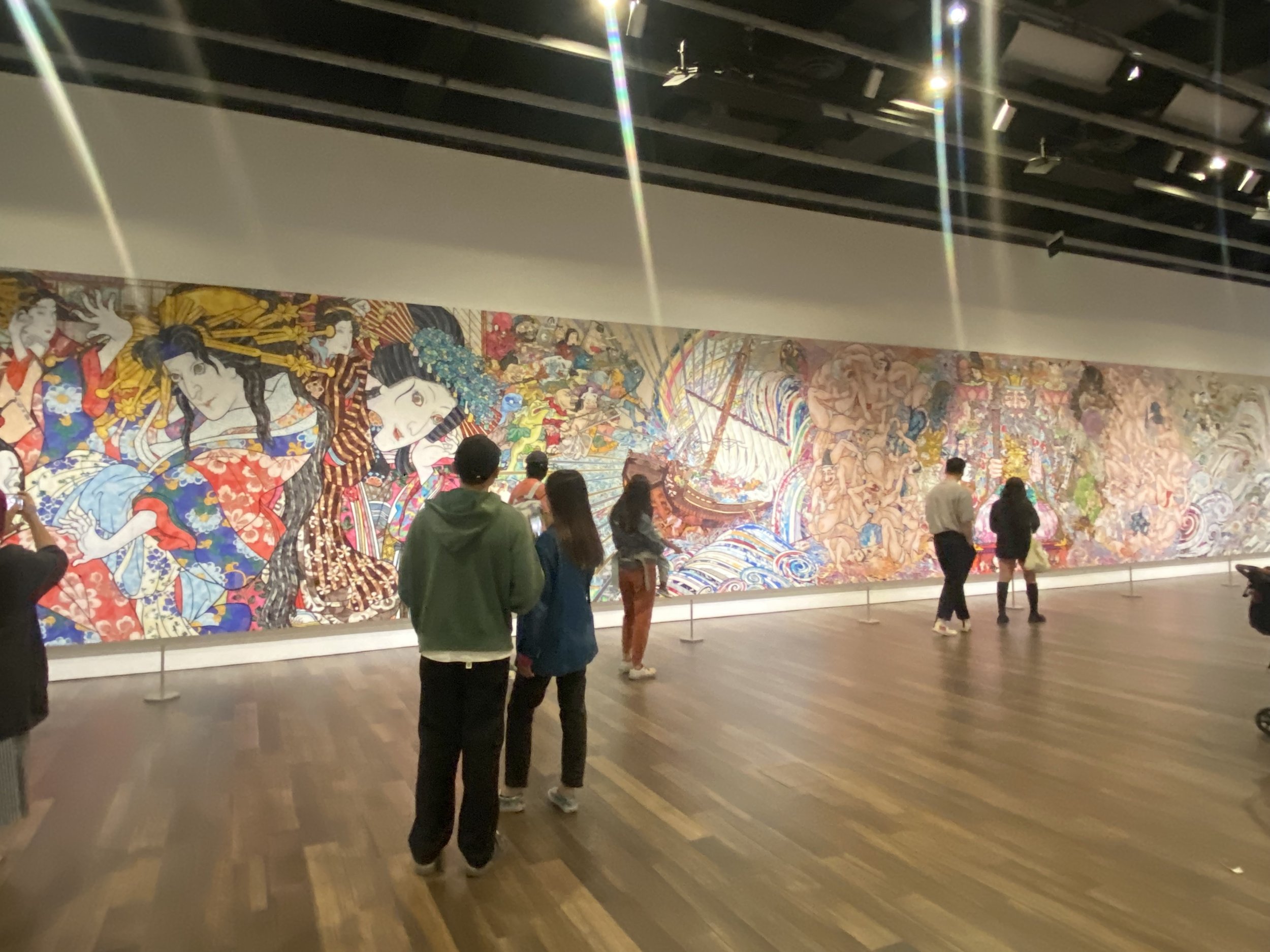
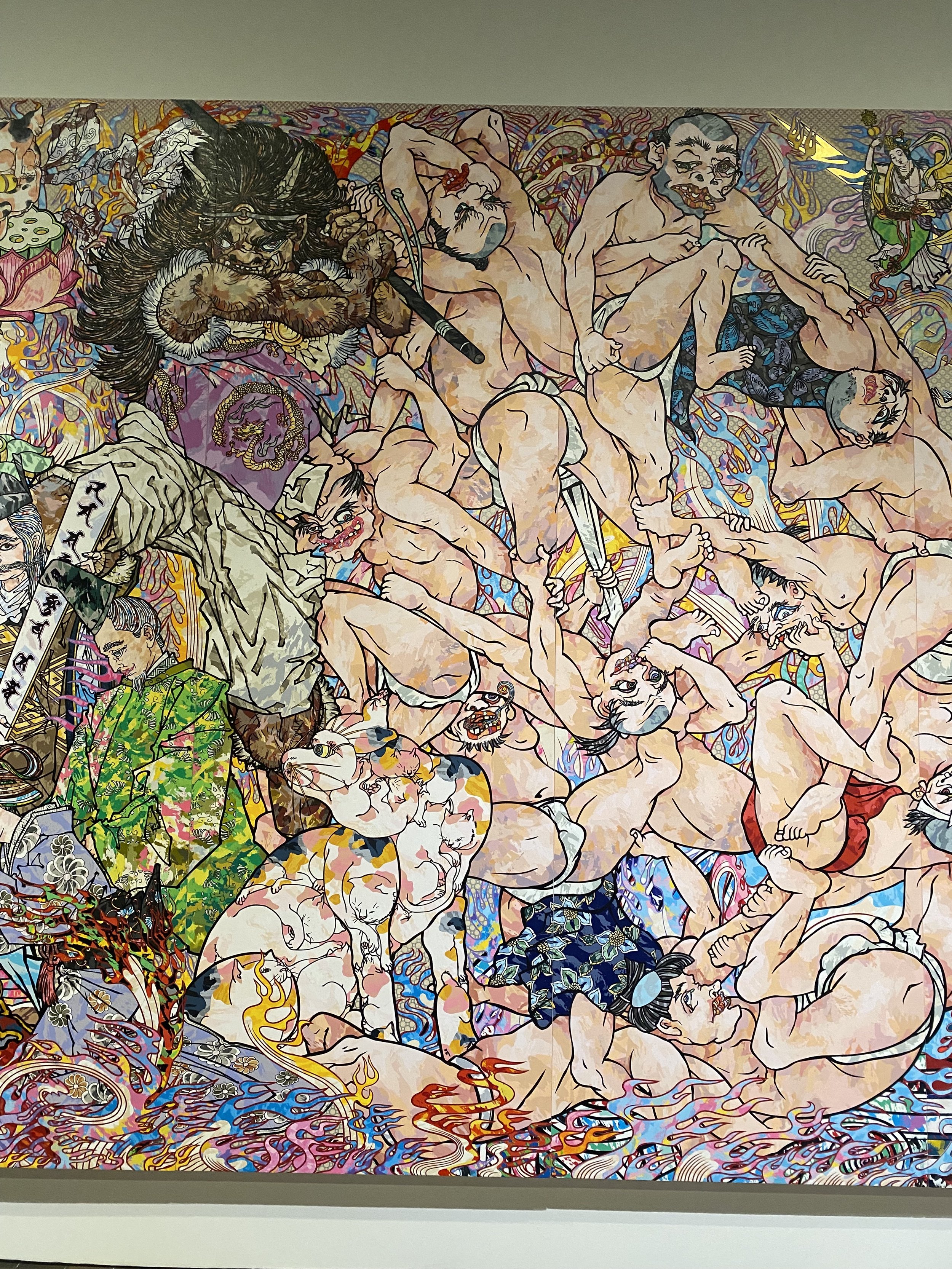
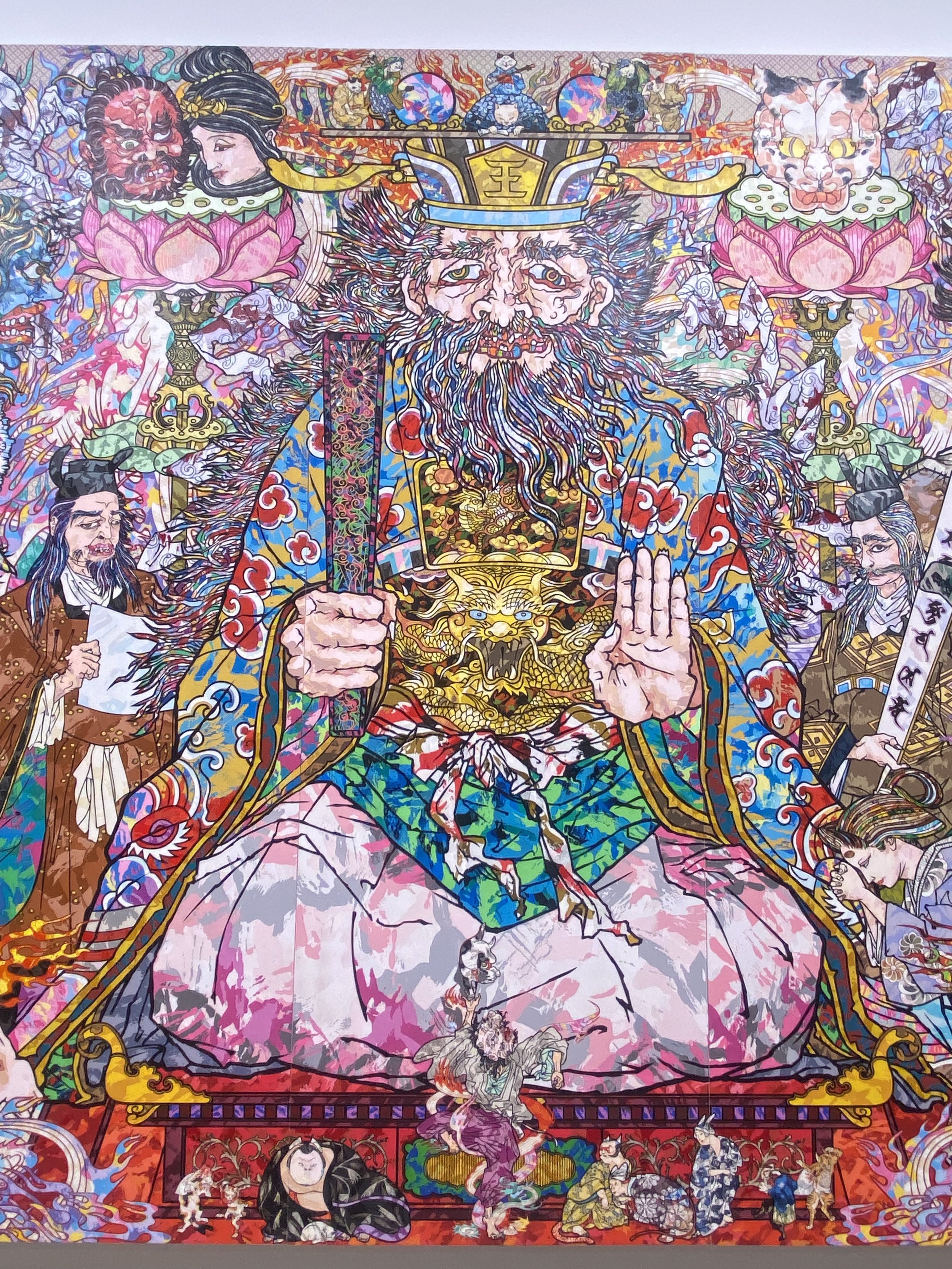

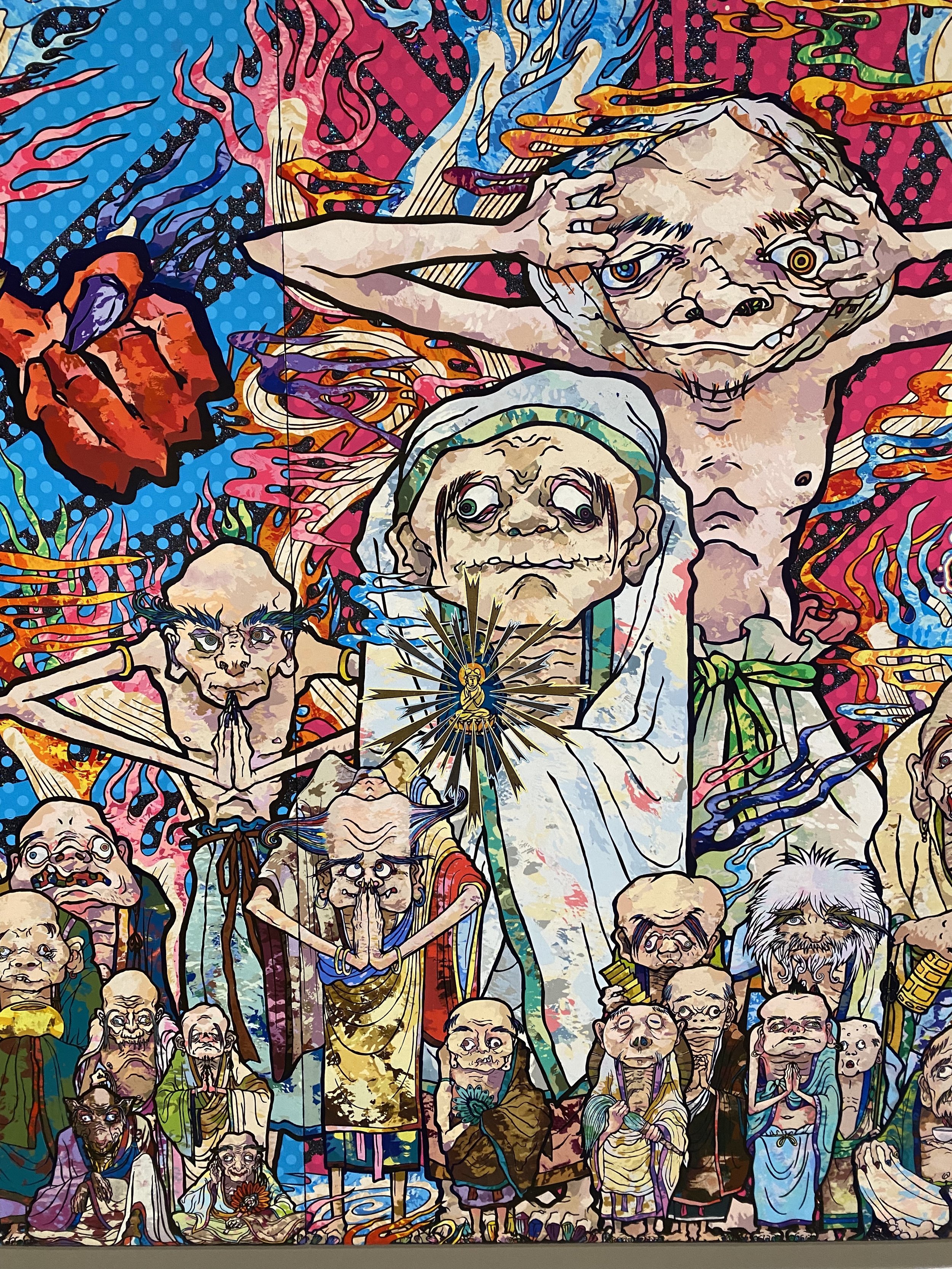

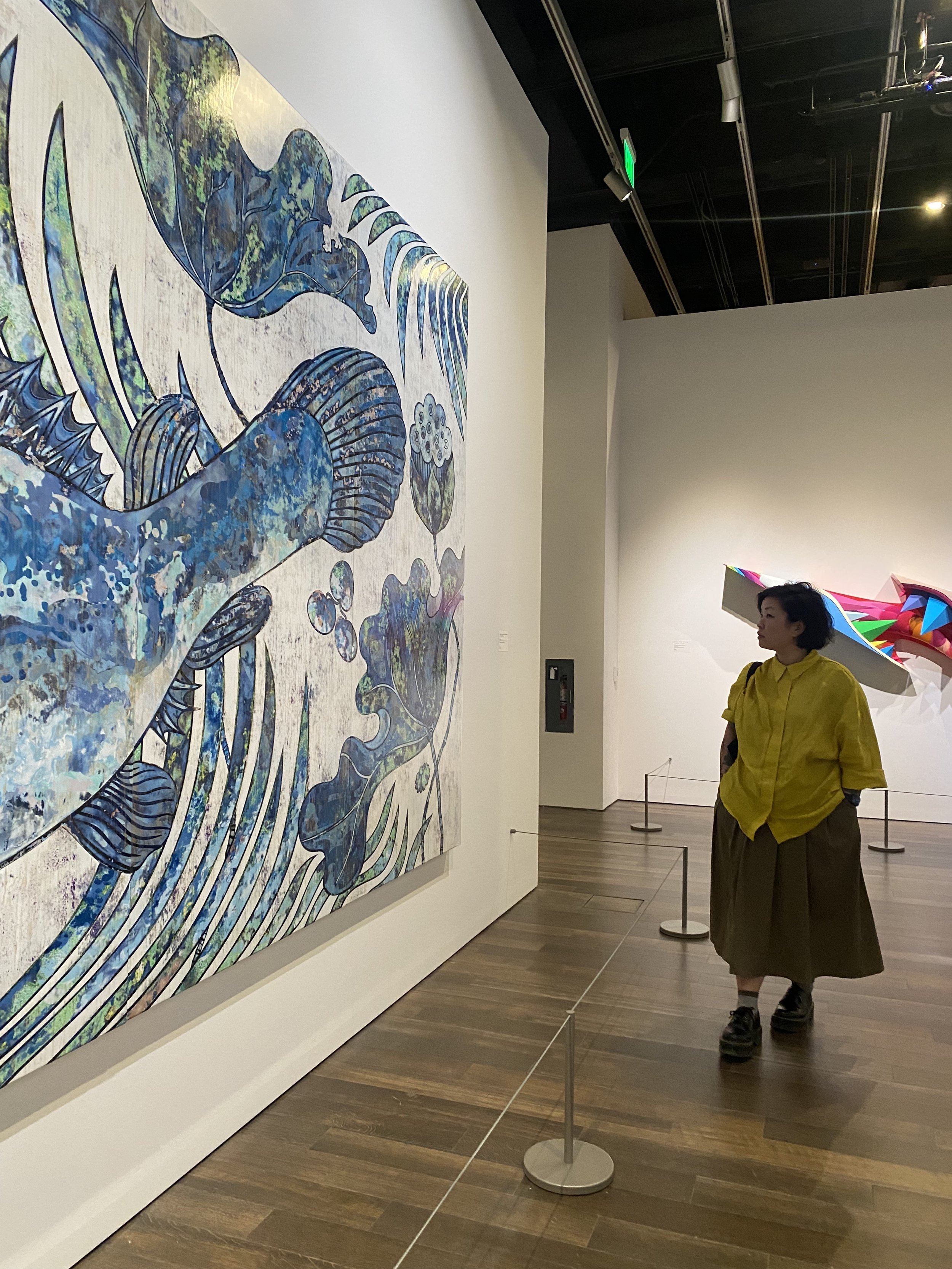

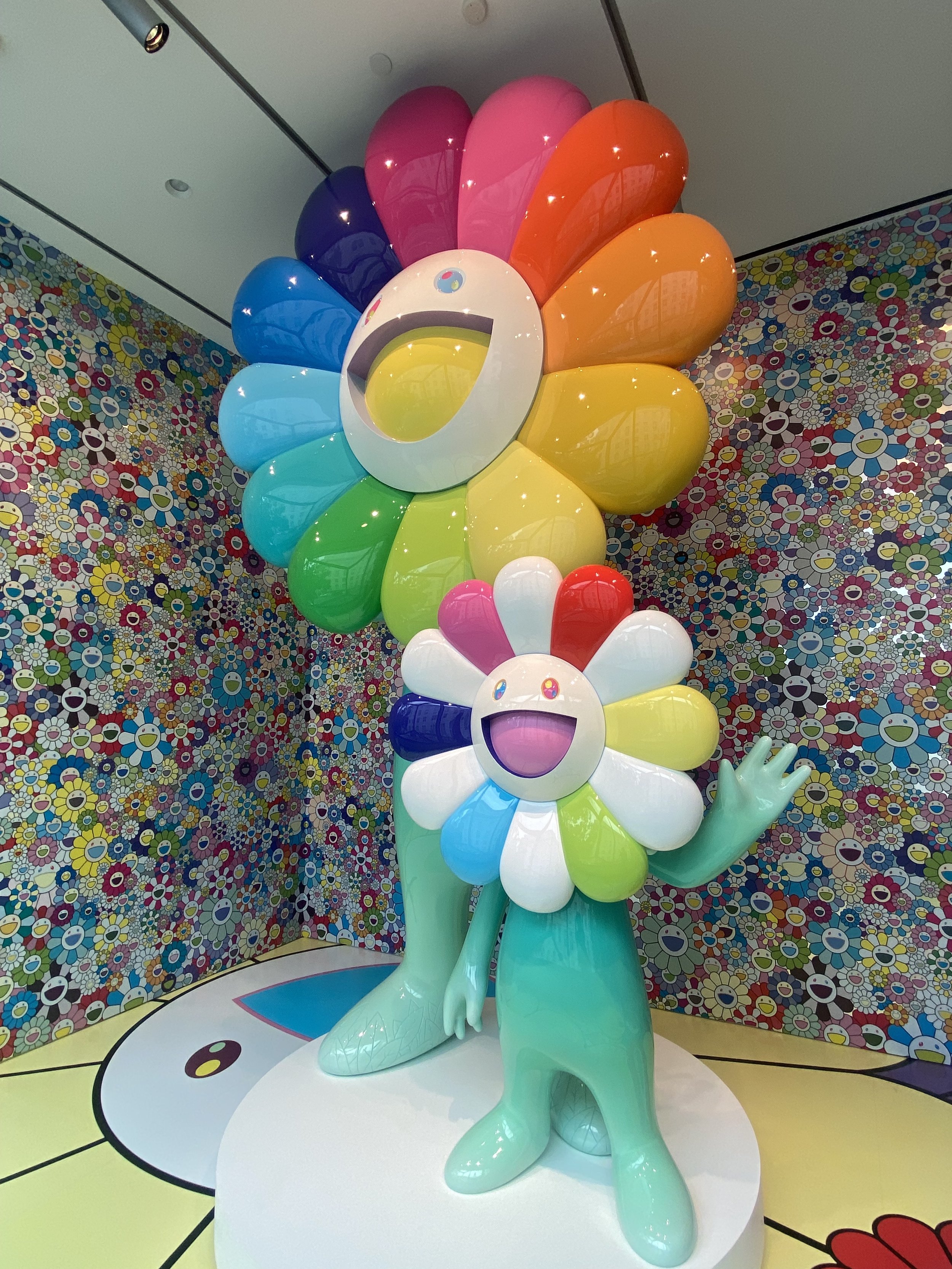
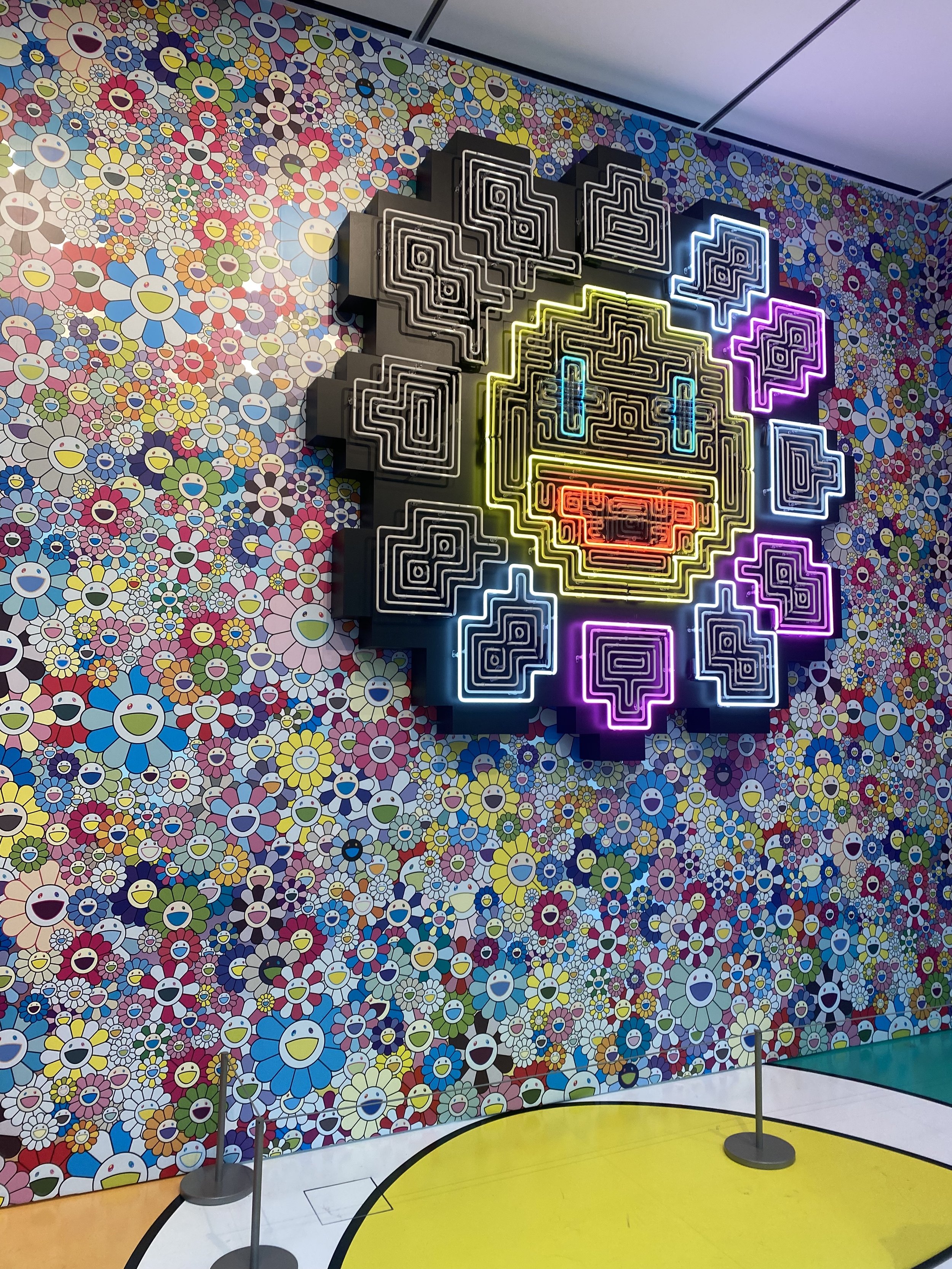
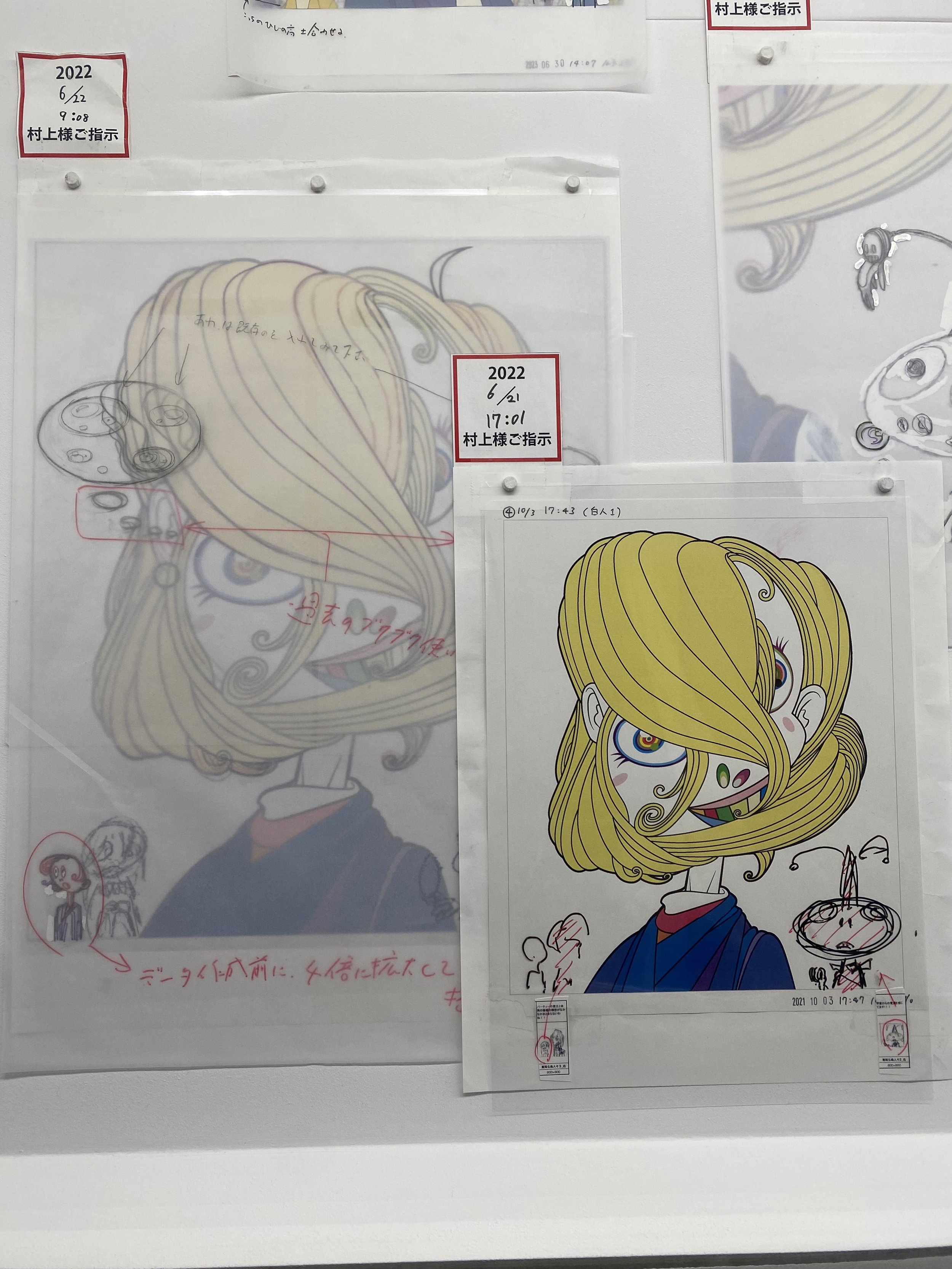
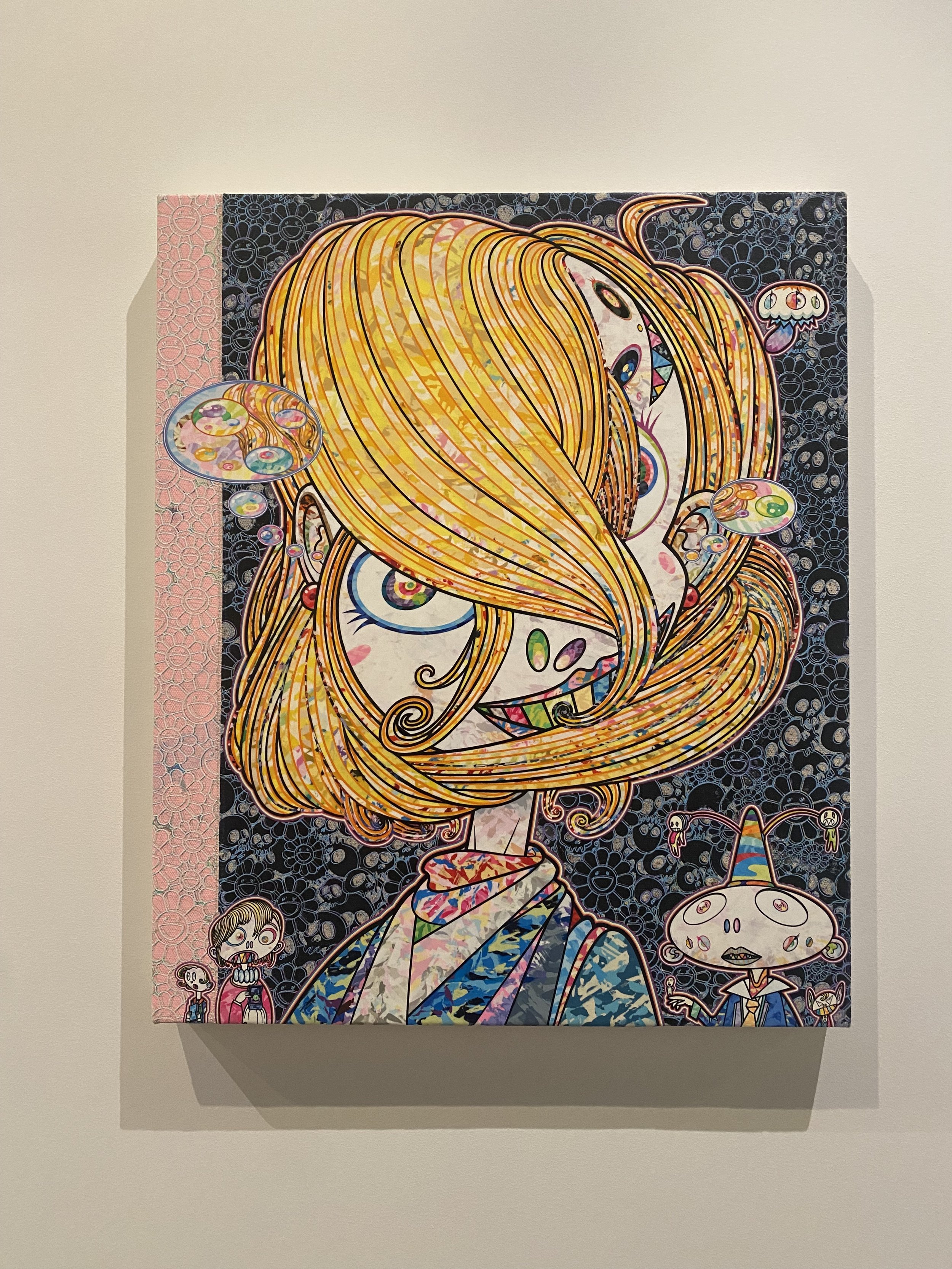

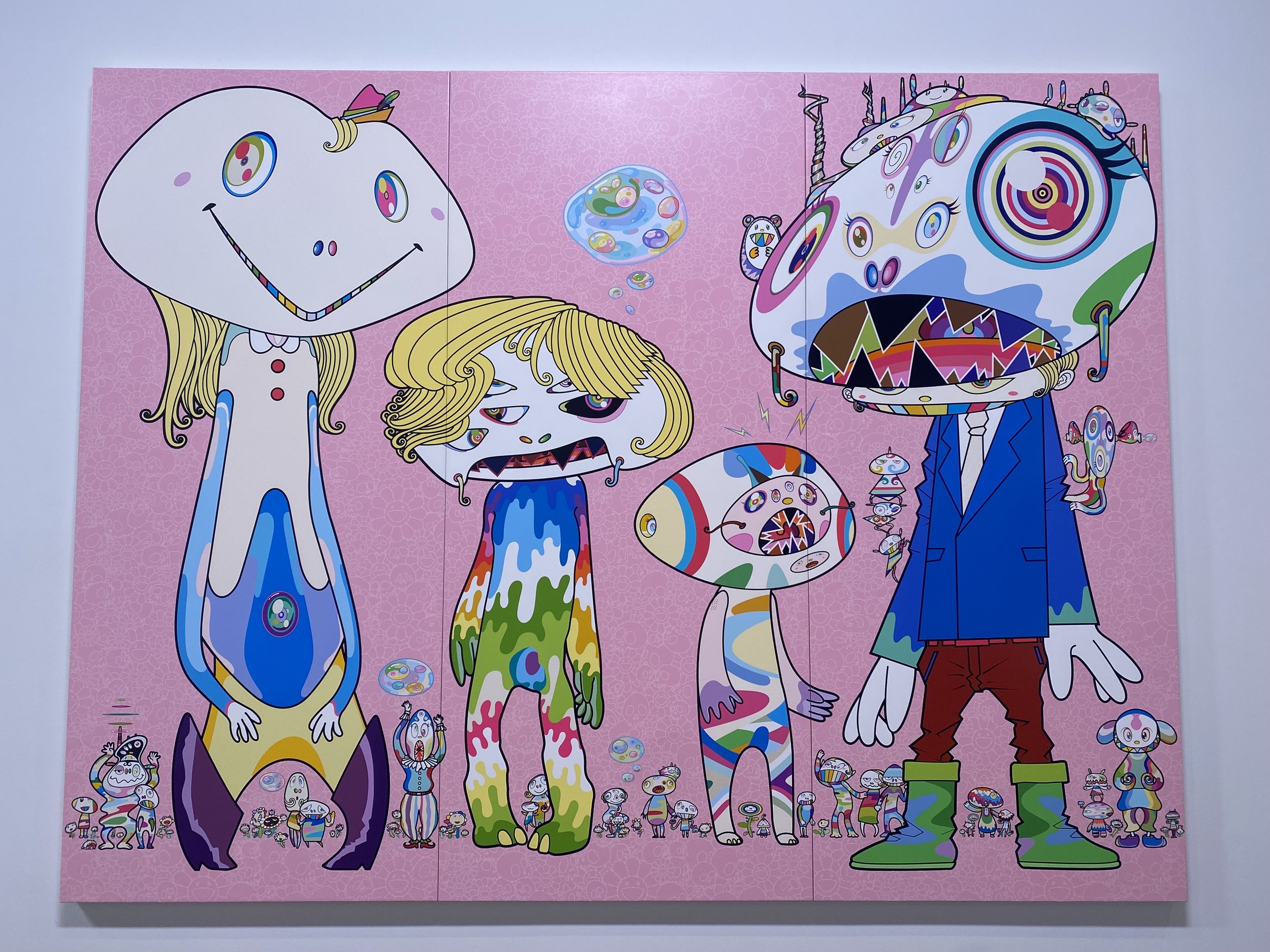
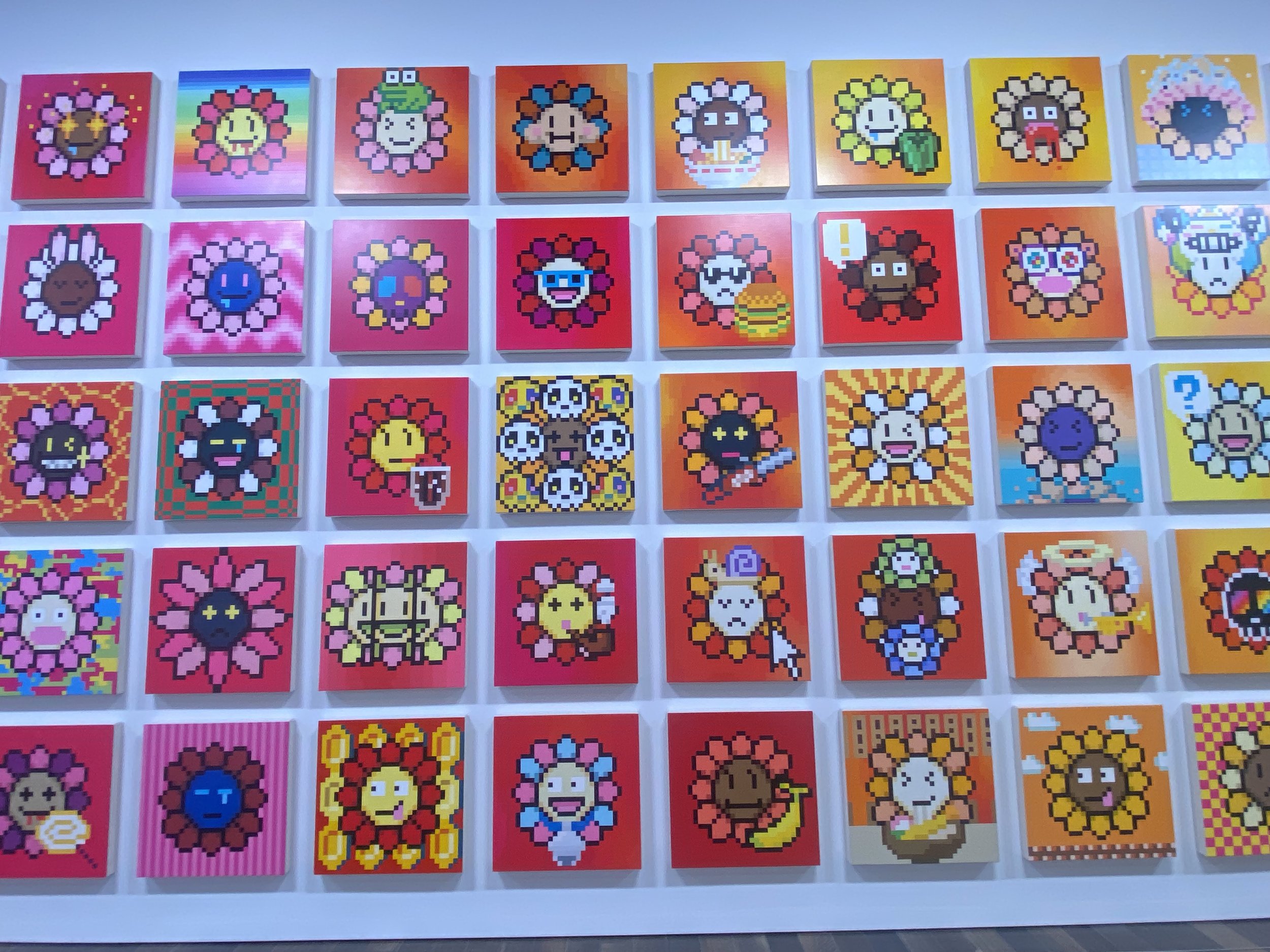
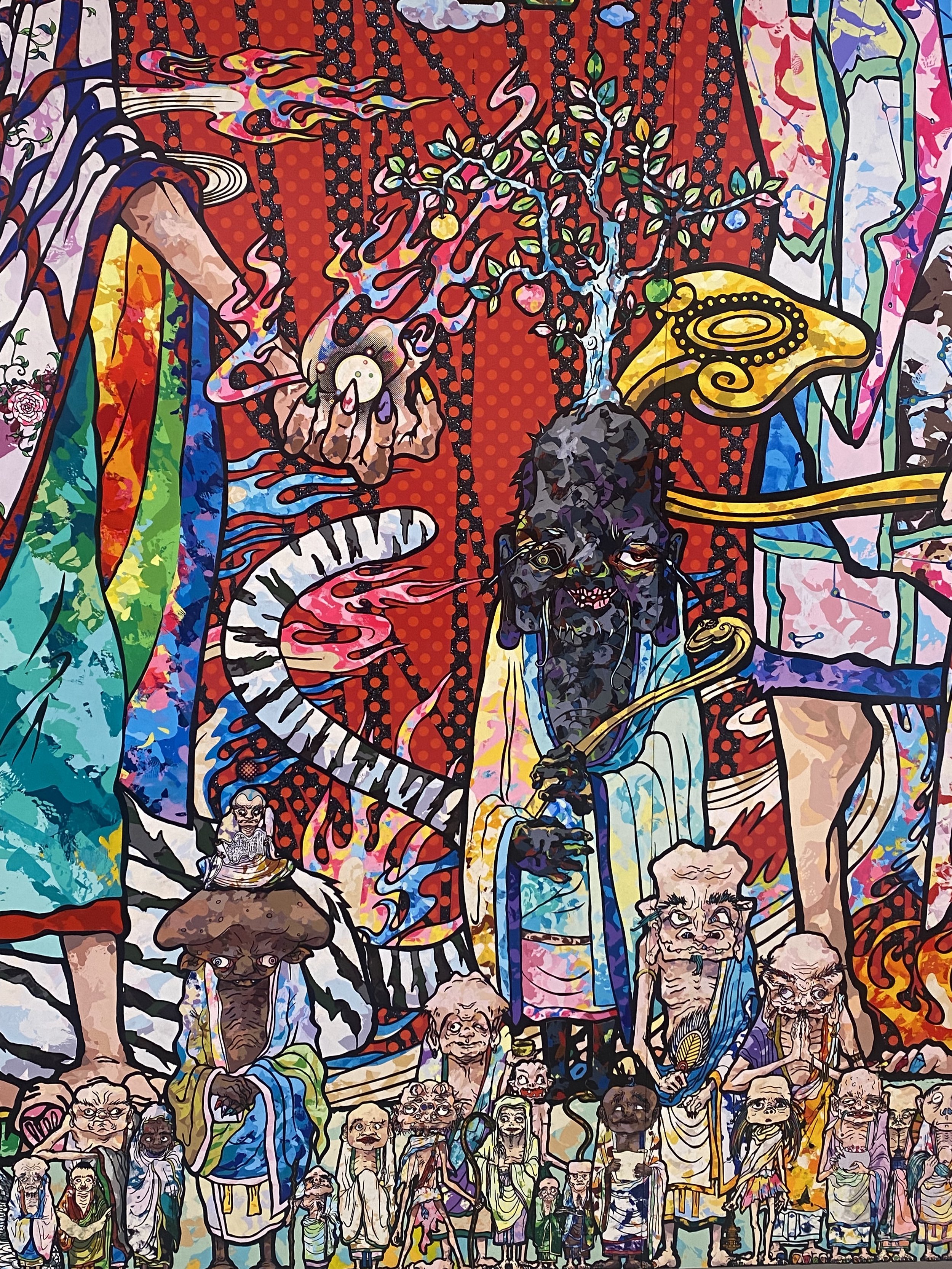
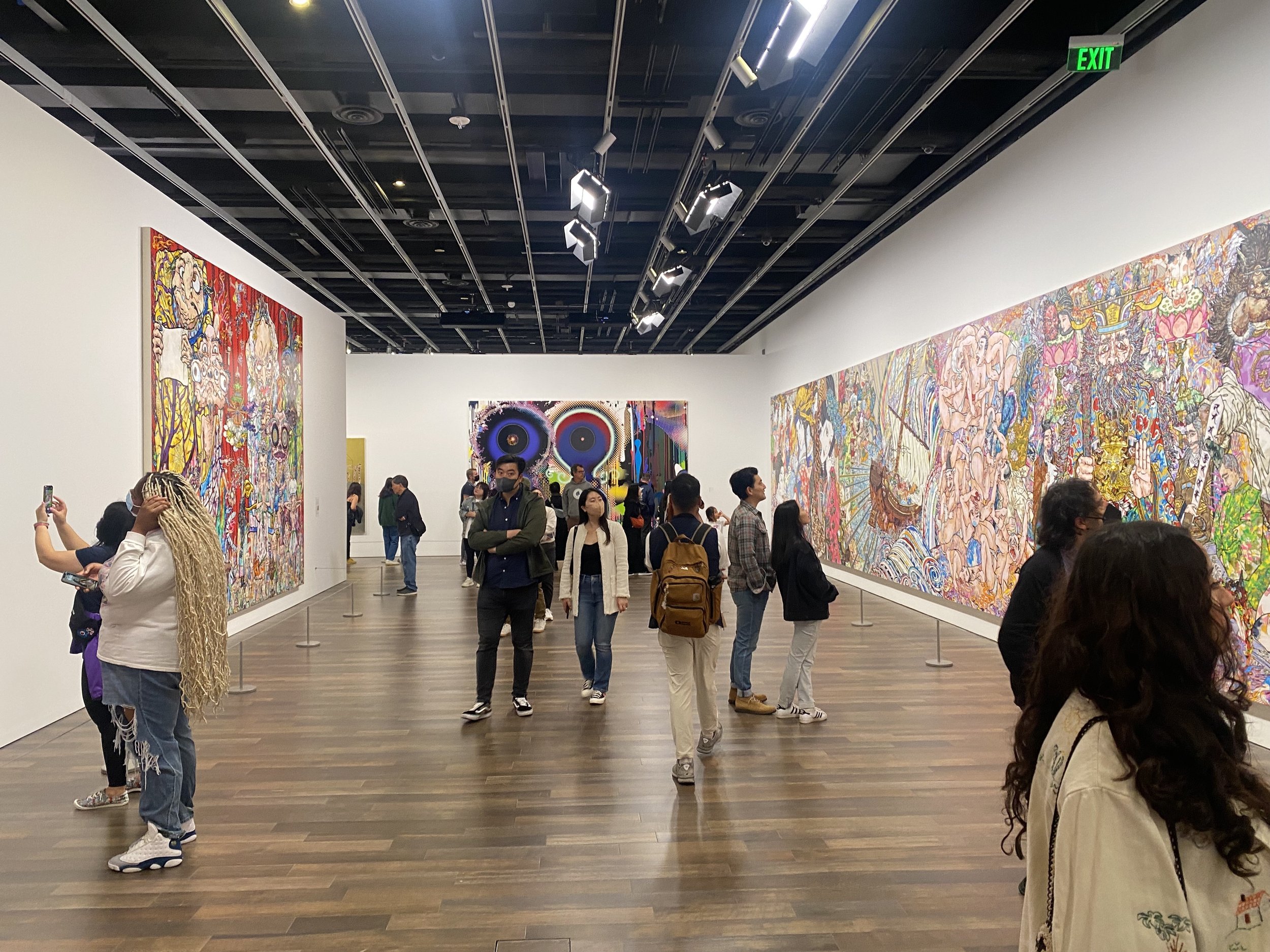
Below is the SF Asian Art Museum’s write up about this exhibit:
An internationally recognized artist, Murakami is also a major figure in global pop culture whose influence extends to fashion, consumer products, curation, and entertainment. With a boldly colored, upbeat style and a pop sensibility that draws inspiration from anime and manga, Murakami’s accessible and fun creations deliver more than meets the eye: beneath the surface of his work lies a nuanced examination of human behavior, informed by historical and art-historical references and a wry sense of humor.
The larger-than-life paintings and sculptures in Murakami: Monsterized use monsters as a central motif to address the complicated nature of the world around us. The artist’s recent works suggest that our rapidly changing and increasingly digital landscape is populated by monsters — whether harmful or helpful — many of which humans have created and perhaps even become. Blurring the line between frightening and fun, these monsters embody the forces and behaviors that threaten and haunt us, as well as those that offer us diversion and escape from chaos. Several new works created for this exhibition find Murakami responding to a social environment marked by a global pandemic and a shift toward virtual interaction. Paintings of distorted figures reflect the swelling egos of individuals promoting themselves relentlessly on social media, while works recording the artist’s creation of NFTs, including avatars, look with optimism toward a digitally liberated future.
Senior Curator of Japanese Art Laura W. Allen locates Murakami’s imagery in a lineage of Japanese supernatural creatures including the kaiju (giant monsters) of postwar manga, television, and film — such as Godzilla, who makes a memorable appearance in this exhibition — and extending back to the “menacing and adorable” yōkai (supernatural entities) of Edo-period scrolls. “The visual DNA of Murakami’s characters has origins in centuries-old styles in Japanese art,” says Allen, “such as depicting Buddhist arhats and Daoist immortals as wizened beings with strange features, bulging eyes, and bared teeth.” To these venerated historical sources, Murakami adds the “technicolor palette, goofy expressions, and eclectic mixture of motifs” that have become his trademark — boldly remixing tradition to reflect the complexity of the present day.



